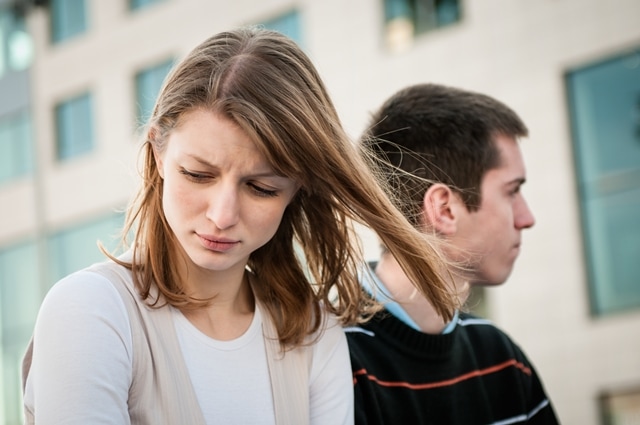|
What is Teen Dating Violence?
According to The National Center for Victims of Crime, dating violence is “controlling, abusive, and aggressive behavior in a romantic relationship. It can include verbal, emotional, physical, or sexual abuse, or a combination.” In the context of Teen Dating Violence, it is the violence that occurs in romantic partnerships where the victim is between the ages of 12 and 18. A survey conducted by Youth Risk Behavior Surveillance in 2013 found that 10% of high school students had experienced physical violence from a romantic partner in the past 12 months. It is a serious issue and is far more prevalent than people may realize. |
SignsSigns of Controlling Behavior:
Signs of Emotional/Verbal Abuse:
Signs of Physical Abuse
Signs of Sexual Abuse:
An important guide on women’s safety online: www.vpnmentor.com/blog/the-empowering-internet-safety-guide-for-women/
|
Get Help
|
Works Cited"Bulletins for Teens." Dating Violence. Web. 25 Feb. 2017. "Prevalence of Teen Dating Violence." National Institute of Justice. Web. 24 Feb. 2017. "Types of Abuse – Www.loveisrespect.org." Www.loveisrespect.org. Web. 25 Feb. 2017. "Youth Risk Behavior Surveillance — United States, 2013." Centers for Disease Control and Prevention. Centers for Disease Control and Prevention, 13 June 2014. Web. 25 Feb. 2017. |





